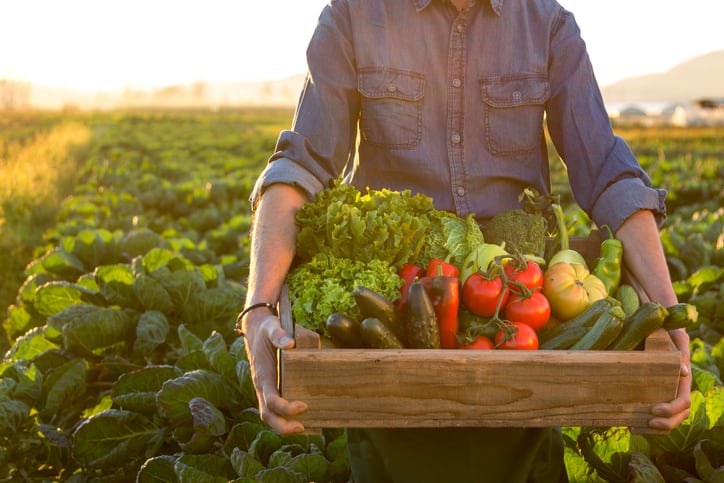Thus far, food manufacturing output has proven to be quite resilient to the considerable increases in energy costs witnessed across the sector of late. The share of energy in the total costs of food manufacturers in the EU has risen from 2% back in 2019 to currently between 7.5-10%, estimates the Dutch bank. Manufacturers in energy intensive sectors such as flour milling, baking and fruit/vegetable/potato processing have seen their energy bills rise to up to 30% of their total costs.
Producers have been aided by the ability to pass on some of the higher costs to customers and consumers. Further, EU countries have opted for a range of measures to reduce the burden on companies, such as the reduced VAT rate for electricity and gas in Belgium and the Compensation Energy Costs (TEK) in the Netherlands.
Food production data up until August show that production volumes in the food and beverage industry in the EU are higher this year compared to 2021.
Why it’s wise to prepare for another difficult winter in 2023/24
But this energy crisis threatens to stick around, unlike temporary energy support measures, thus limiting the ability of food and beverage companies’ chances of weathering the storm in the long term, warned ING.
This year, for example, the EU has been able to fill gas storage as there has still been Russian gas available. But future markets are concerned about next winter and Europe’s ability to build stocks without the Russian gas supply. “In the event of an ongoing supply squeeze, it can be a burden for food manufacturers with many newer or retrofitted food production plants having been catered to run on gas over the past decade,” the bank’s report stated. “Such concerns provide a clear incentive for food companies to rethink their longer-term energy strategies, including aspects such as contracting energy supply, the optimal energy mix and related investments.”
Some sectors, meanwhile, are expected to be hit harder than others.
For staple products such as milk powder, olive oil and pig meat, the EU Commission’s Agricultural Outlook has already signalled a decline in 2022 export volumes, though other reasons over high energy are in including feed and fertiliser costs, drought and animal diseases. High energy costs are impacting consumer choices too. On top of the shift to private labels and discounter retailers, ING expects the impact of high energy prices might be best visible in the fruit and vegetable section in supermarkets. Due to more energy-intensive processing, prices for processed vegetables have increased more than for fresh vegetables, for example, and conserved and frozen vegetables are becoming less competitive compared to fresh vegetables.
Different countries are also more at risk than others. Growing tomatoes, cucumbers and peppers has become a lot less attractive this winter for many horticulture growers in northwestern Europe. “If they leave their greenhouses empty, retailers are likely to source more vegetables from growers in Spain, Italy, Morocco and Turkey,” noted the ING report. “These products need less energy to grow, but still require more expensive diesel to transport. In turn that could mean that some consumers will revert to other types of vegetables that provide more value for money.”
The importance of gas as a source of energy is also highest in Benelux (Belgium, the Netherlands, and Luxembourg) and lowest in Spain and Poland. What’s more, a large part of the electricity supply in the Benelux comes from gas-fired power plants, leaving them dangerously exposed to the real possibility of gas rationing.
ING recommended manufacturers act to cope with high energy prices, noting “a clear incentive for food companies to rethink their longer-term energy strategies, including aspects such as contracting energy supply, the optimal energy mix and related investments”.
How will the perilous energy situation impact innovation, R&D and NPD? “I would expect that the combination of higher energy bills, and other bills as well, plus the fact that Europe is currently entering a recession makes food companies more cautious with regard to innovation and R&D expenditure,” said ING Research Economist Thijs Geijer. “This may be less pronounced for incremental innovations, say a new product in an existing line, compared to more radical innovations, say entering a new category. Because the outcome of the latter is more uncertain and because it would probably also need more marketing budget to become successful.”




